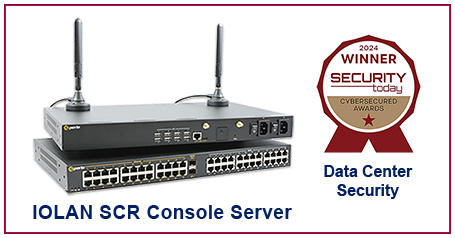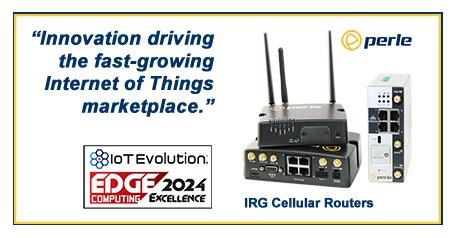
Leading contributing factors to data center cooling problems
By Donna DonnowitzAugust 20, 2014
Poor rack architecture
The use of computer room air conditioners to create a hot/cold aisle airflow is a popular solution but will cause efficiency problems if executed incorrectly. It's easy to make mistakes when orienting CRAC direction or facing racks in conflicting directions, warns Data Center Knowledge. Another common mistake in rack arrangement is orienting the stacks in a way that intake sides are covered or blocked. Addressing these problems simply requires an eye for detail and a firm understanding of the principles of airflow and cold aisle design.
Humidification failure
Humidity control is essential for data center management. Condensation can corrode physical hardware and contribute to electrical failures, while insufficient humidity puts the system at risk of damage from static discharge damage. Loss of humidity control may be a simple issue of a poorly calibrated sensor. Facilities can respond to this problem by installing humidity sensors to optimize humidity control points and utilizing console servers to facilitate quick response times to abrupt changes in humidity. CRAC arrangement can contribute to humidity control issues as well. The system will fall prey to humidity problems if one fan's placement affects the temperature reading of another fan.
Perle's wide range of 1 to 48 port Perle Console Servers provide data center managers and network administrators with secure remote management of any device with a serial console port. Plus, they are the only truly fault tolerant Console Servers on the market with the advanced security functionality needed to easily perform secure remote data center management and out-of-band management of IT assets from anywhere in the world.



